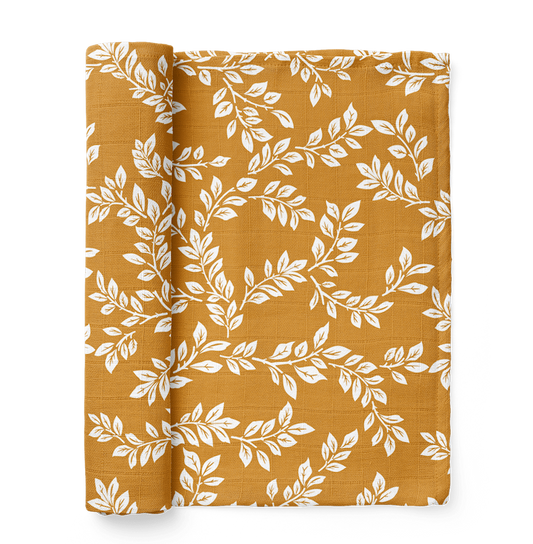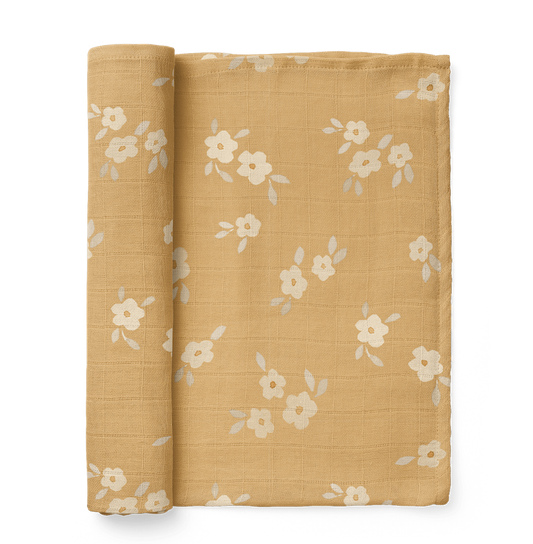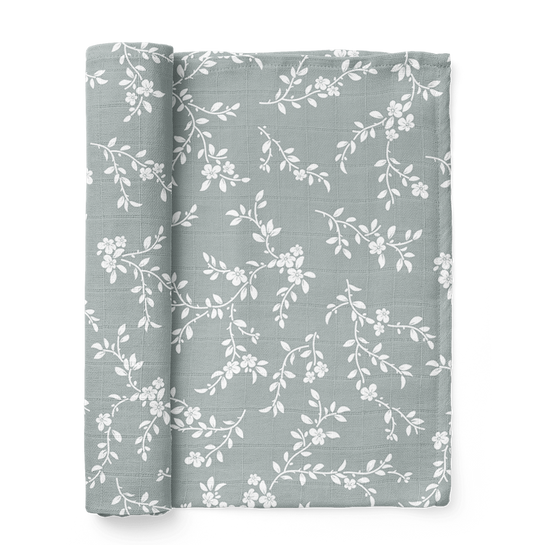Why do you swaddle a baby? Swaddling is a centuries-old practice that involves snugly wrapping a baby in a blanket or cloth. There are several reasons why swaddling is commonly recommended for newborns. This ancient swaddling technique offers a myriad of benefits for both infants and caregivers alike, ranging from promoting better sleep to soothing fussy babies. Let's explore in detail the reasons why swaddling is considered such an essential practice for newborn care.
9 Reasons to Swaddle a Baby
Mimics the Womb:
Swaddling, a traditional method of infant care, emulates the snug environment of the womb, promoting safe sleep for your newborn. Babies, especially newborns, often find comfort in being swaddled as it mimics the warmth and security of the womb. This practice, promoting safe sleep and comforting the swaddled baby, is essential for newborns adjusting to life outside the womb.
Mimics Being Held:
Swaddling also mimics being held, providing a comforting sensation similar to being cradled in a caregiver's arms. If your newborn baby loves being in your arms, swaddling can give you a rest while providing the same comforting embrace. This dual effect of mimicking the womb and being held promotes relaxation, reduces fussiness, and makes your newborn the happiest baby.
Reduces Startle Reflex:
Newborns have a strong startle reflex, also known as the Moro reflex, which can cause them to wake suddenly and feel unsettled. Swaddling can help minimize this reflex by gently restricting the baby's movements, leading to longer and more restful sleep periods.
Promotes Better Sleep:
Swaddling has been shown to promote better sleep for infants, aiding in newborn sleep patterns and overall baby sleep. The gentle pressure of a well-fitted swaddle blanket creates a secure environment for your little one, encouraging them to settle and reducing the likelihood of a fussy baby. This safe sleep practice, along with consistent child care routines, can contribute to a calm infant and improved baby sleep quality, fostering healthy baby development and ensuring a more peaceful nighttime routine for both baby and caregiver.
Maintains Body Temperature:
Newborns have difficulty regulating their body temperature, and swaddling can help keep them warm by preventing heat loss. This is particularly important for premature babies or infants who are born with low birth weights, as they may have less body fat to insulate themselves. At Mini Wander, we offer 100% cotton baby blankets designed to help regulate the baby's temperature effectively. These breathable muslin swaddles allow air circulation, preventing overheating and excessive sweating while ensuring the baby remains comfortably warm, maintaining the perfect balance for optimal comfort.
Calms Fussy Babies:
Swaddling is a proven method for calming fussy babies, providing a sense of security and comfort reminiscent of being cradled in a caregiver's arms. This technique is part of the renowned '5 S's' method, as discussed in another blog, which aims to soothe infants. The gentle pressure of the swaddle creates a cozy cocoon, soothing infants who may be feeling fussy or overstimulated. This safe sleep practice not only reduces crying but also promotes a sense of well-being in your little one. By providing a comforting embrace, swaddling helps calm overstimulated infants, supporting a peaceful sleep routine crucial for baby development.
Aids in Feeding:
Swaddling can sometimes help with breastfeeding by keeping the baby in a calm and comfortable state. It can prevent their arms from flailing and getting in the way during feeding sessions, allowing for better latching and more efficient feeding.
Supports the development of a predictable sleep routine:
Swaddling can signal to the baby that it is time for sleep, helping to establish a consistent bedtime routine. By associating swaddling with sleep, babies may learn to recognize this cue and feel more prepared to settle down for restful periods. This can contribute to the development of healthy sleep habits and a more predictable sleep schedule for both the baby and their caregivers. Additionally, swaddling promotes deeper REM sleep stages, crucial for the baby's brain development and overall well-being.
Helps newborns adjust to life outside the womb:
Swaddling provides newborns with a sense of security and comfort, helping them transition from the snug environment of the womb to the outside world. The gentle pressure of the swaddle can mimic the feeling of being held closely, which can be reassuring for babies as they adapt to new sensations and experiences. Swaddling can also help newborns feel more settled and less overwhelmed by external stimuli, allowing them to gradually acclimate to their surroundings. This gentle transition can promote a smoother adjustment to life outside the womb and contribute to the baby's overall well-being during the early postnatal period.

Tips for Safe and Effective Swaddling Practices
While swaddling can offer numerous benefits, it's essential to swaddle safely and appropriately to reduce the risk of overheating or interfering with the baby's breathing. Additionally, not all babies enjoy being swaddled, so it's essential to pay attention to your baby's cues and preferences when deciding whether to incorporate swaddling into your routine. Consulting with a pediatrician or infant care specialist can provide personalized guidance on swaddling techniques and safety considerations. When swaddling, you can use a traditional swaddle or a swaddling sack, but it's crucial to ensure you're using the right technique to prevent the baby from unswaddling. A loose blanket can pose a danger, especially for newborns, as it could cover the baby's face and interfere with breathing. Make sure the baby can still move their legs and hips comfortably while swaddled. As the baby grows older, you might transition to a sleep sack, also known as a wearable blanket, which can be used even for toddlers. Practicing safe swaddling techniques can help prevent sudden infant death syndrome (SIDS) and ensure a safer sleep environment for your little one.
FAQ
Q: Why do you swaddle a baby?
A: Swaddling Mimics the Womb environment, Mimics Being Held, Reduces Startle Reflex, Promotes Better Sleep, Maintains Body Temperature, Calms Fussy Babies, Supports the development of a predictable sleep routine, Helps newborns adjust to life outside the womb and Aids in Feeding the baby.






